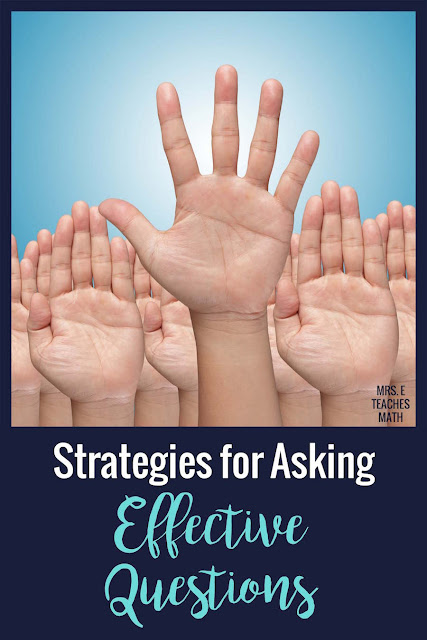This deconstruction led me to think about questioning techniques during lessons. I started reading around, and found some good ideas to encourage dialogue about thoughtful questioning.
Also Read: How to Build Great Relationships with Your Students
First of all, there are two main types of questions used during classroom instruction and discussion. The first can be considered procedural, including yes or no questions, recall of facts, or computation. The second is conceptual in nature, relying on higher-order thinking and asking students' personal thoughts, feelings, and reflections on topics being studied in the classroom. Both have their place during discussions, but I think there needs to be a move away from primarily using "closed" type questions to a more thoughtful use of questioning as a learning tool.
Also Read: Help Students Deal with Stress and Anxiety
Rather than having questioning be a knee-jerk process in the classroom, teachers can instead consider them as just as important and well-constructed as our lesson plans. Instead of thinking about what WE are learning from student answers, we should think about what we want STUDENTS to learn from the questioning process.
One of the problems with the traditional "ask a question and call on the first raised hand" strategy is that it reinforces dysfunctional classroom dynamics. By the time we get children in middle and high school, they are already self-sorted into categories of "smart", "not smart", and "I just don't care". Traditional questioning techniques reinforce this by not giving students adequate processing time, puts students on the spot, and letting students check out of discussions when they feel (often legitimately) that the discussions are not relevant to them. Using more reflective and open-ended questioning strategies with 3-5 second wait time and random selection of students to answer promotes a safer and more creative classroom where questioning is an important learning tool.
Effective Questioning Strategies
- Plan ahead. While you're planning your lessons, think through what kinds of questions you will ask, and where in the lesson you will ask them. This puts you in the driver's seat and makes the whole process intentional.
- Implement wait time. I have already written about the importance of using 3 to 5 second pauses after both asking questions and having them answered to give students time to process, reflect, and frame their responses. In the context of this discussion, it becomes even more important because it is part of the "safe space" that will encourage more reluctant speakers to share.
- Consider eliminating raised hands. After giving wait time, call on a specific student (using a random-selection technique) for their thoughts or answer. This will quickly teach your class there is no napping during discussions!
- Don't say anything a student can contribute to the discussion. Allowing students to be active participants in discussions give them more ownership of their participation and willingness to take risks.
- Don't answer your own questions! Yes, it is awkward to sit in quiet while students are processing! However, answering for them lets them off the hook, and they know they can stop thinking about your questions. Wait through the discomfort.
Also Read: The Importance of Classroom Wait Time
- Rely most heavily on concept-based, higher-order questions. Paired with sufficient wait time these questions will get the highest quality answers, will let you know where your students are with important concepts, and will lead to a more rigorous academic community in your classroom.
- Answer every answer thoughtfully. Not all students are going to provide correct or thoughtful answers. As long as they are giving their best effort, keep your classroom an appreciative and thoughtful safe space.
- Prepare follow up questions. Have a toolbox of open-ended follow-up questions to get students to elaborate or hone their thinking. Encourage them to use follow-up questions with each other. This will take your discussions to the next level!
This process of questioning strategies is a whole different animal from the traditional style. I encourage you to deconstruct your process to make sure classroom questions and discussions are a powerful learning tool for your students.




